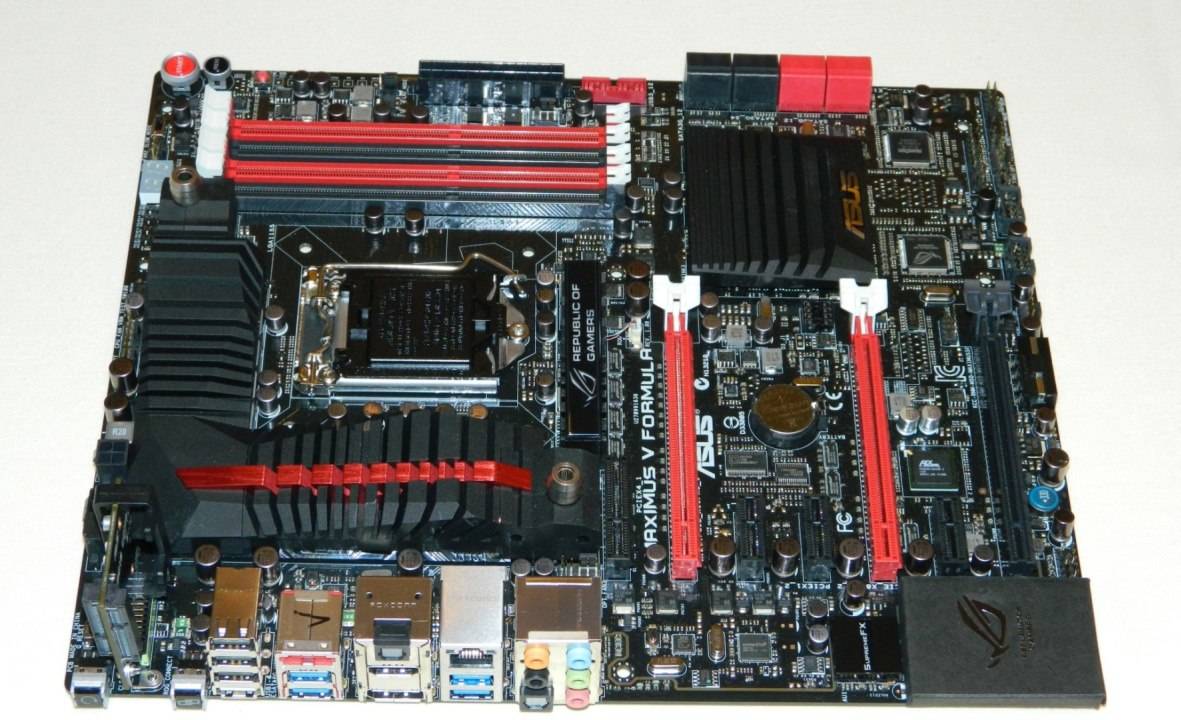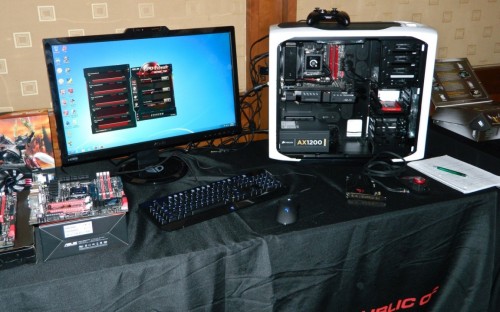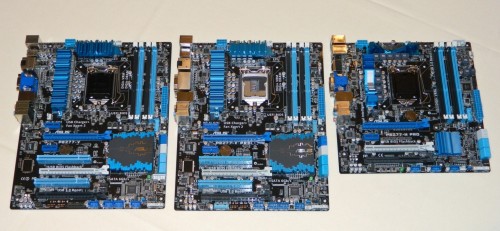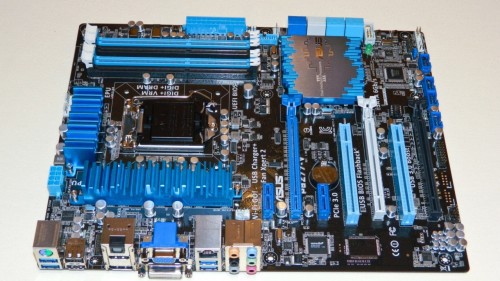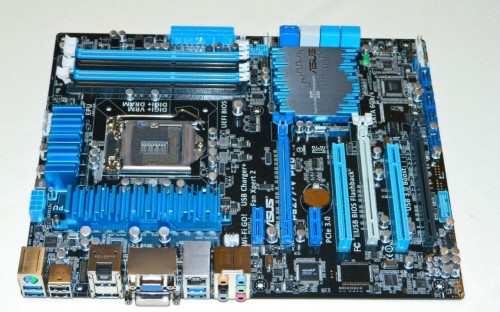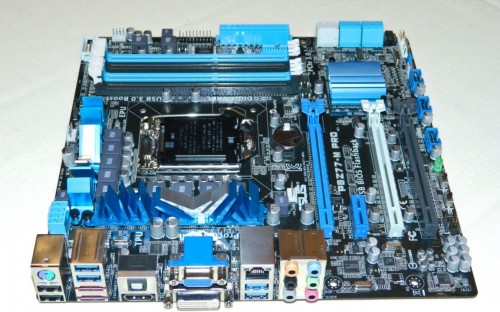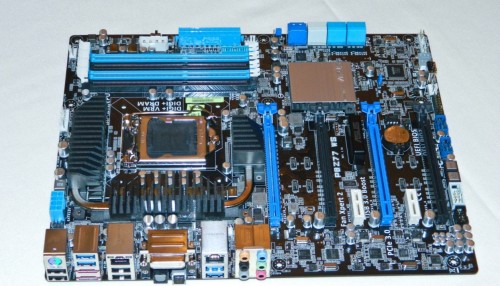I recently took a quick trip down to visit ASUS to see their new Z77 motherboards that support Intel’s upcoming 3rd Generation Core Series Processors. In my opinion, it really says something a company’s confidence in its products when they are able to show off their products well in advance of launch while answering all your most detailed questions. Naturally, the ASUS Z77 series motherboards support socket LGA 1155 processors, and is still backwards compatible with 2nd generation “Sandy Bridge” and upcoming 3rd Generation Intel Core Series processors. The entire line also received a face lift and quite a few new updates. Let’s have a quick look!
ASUS Channel P8Z77-V Motherboard Features List
Channel boards are the backbone of the ASUS line up and a lot of new features have been added to add even more value to this value packed series. New features include…
1. Fan Expert2 – Useful for customizing your system’s cooling matrix via the fan headers, there’s a nice little case visual built in to the software to help in assigning and renaming fan locations.
2. SSD Caching – Add a 20-64GB SSD to your existing platter based OS hard drive for very noticeable performance increase. ASMedia controllers . Why use ASMedia? It’s cost effective, offers full UASP and QDIP support and greater range of compatibility.
3. Smarter CPU thermal throttling has been added so you can get the optimal range of CPU performance whether stock or overclocking. Can’t pimp your CPU if throttling prematurely shuts you down.
4. Intel LAN Pro is now standard across all the boards. You get network priority control which of course handy if you’re a gamer or file master. ILP controllers typically offer lower latency as well.
5. System memory gets a performance boost because of optimized PCB tracing. Instead of using daisy chained copper tracing, ASUS has designed individual traces to each DIMM slot which cuts down latency. It’s a design being looked at by others, so remember you saw from ASUS first.
6. Channel boards will support 2-way NVIDIA SLI and AMD CrossFireX natively. However, the P8Z77-WS will be using a PLX PCIE 3.0 controller for more cards as the NVIDIA NF200 bridge does not currently support the new standard.
7. USB 3.0 SpeedBoost returns for some extra transfer speeds for storage devices. Native USB 3.0 also assists in charging your portable devices ranging in power from 200mA up to 1.5 Amps. And, the ports stay live when something is plugged in to it.
9. ASUS DLNA hub allows users to connect remotely to the system using Android based devices to do things like stream media or audio to other systems. Media hounds will enjoy this little bonus.
7. Audio tracing gets some updates in an aggressive effort to improve audio quality and eliminate any noise or crosstalk. This should help improve the Realtek ALC898 audio codec performance as well.
8. BIOS updates will include cleaner arrangement, intuitive settings and better descriptions so you know what you’re doing when inside the UEFI BIOS. Automated overclocking gets some tuning to allow greater frequencies depending on your CPU cooling solution. The better your cooling, the higher the automated ceiling. The board promises to be smarter about controlling C-States, maintaining Turbo levels and other settings that may require manipulation.
Overall, very decent updates to the backbone of the ASUS line up and we will no doubt see a lot of users picking these up for a build of their own. Let’s keep stepping up the line up to see what else we’ll find!
P8Z77-WS Workstation Motherboard
The P8Z77-WS stands for “Workstation” and gets four PCIE 3.0 slots for use with nVIDIA TESLA processors or high bandwidth RAID adapters. While more suitable for heavy number crunching thanks to its additional validation for Enterprise level components, it could still work as a pimped out pro-gaming rig. Pro users will appreciate the onboard USB port for programs that require “dongle” keys like Maya. Locked inside your case, that should keep everyone’s grubby fingers off that very expensive activation dongle.
The board will support 2nd and 3rd generation Core Series processors as well as various compatible Xeon processor counterparts. Memory support includes both standard and ECC DDR3 memory. And, of course, charge your largest mobile devices via the native USB 3.0 charge ports on the back that get supplied with additional power for just that purpose.
Things continue to get interesting on the next page with a look at the new Sabertooth and ROG series boards!

